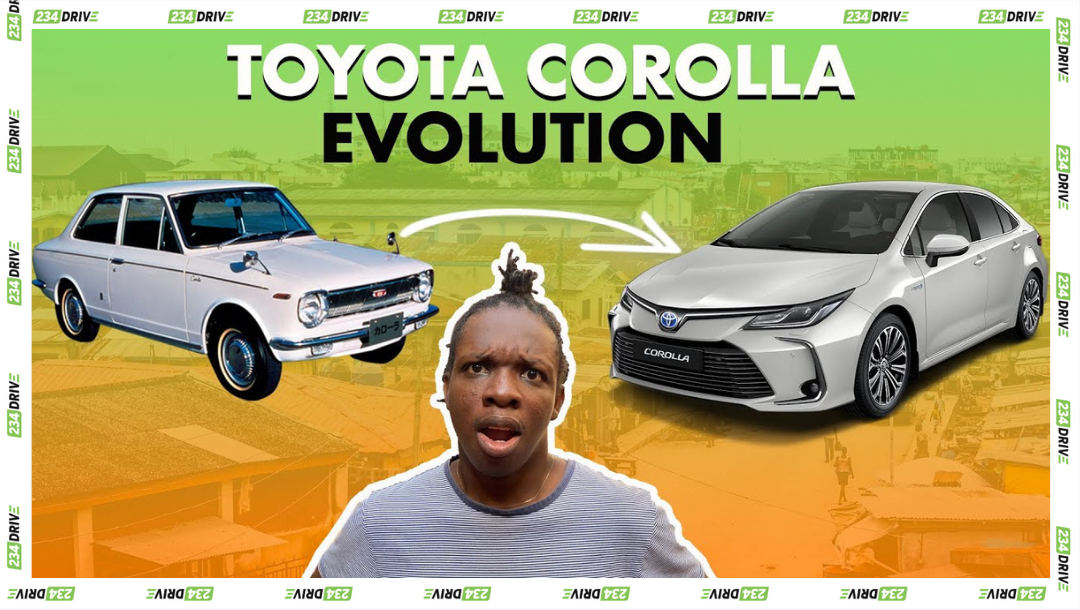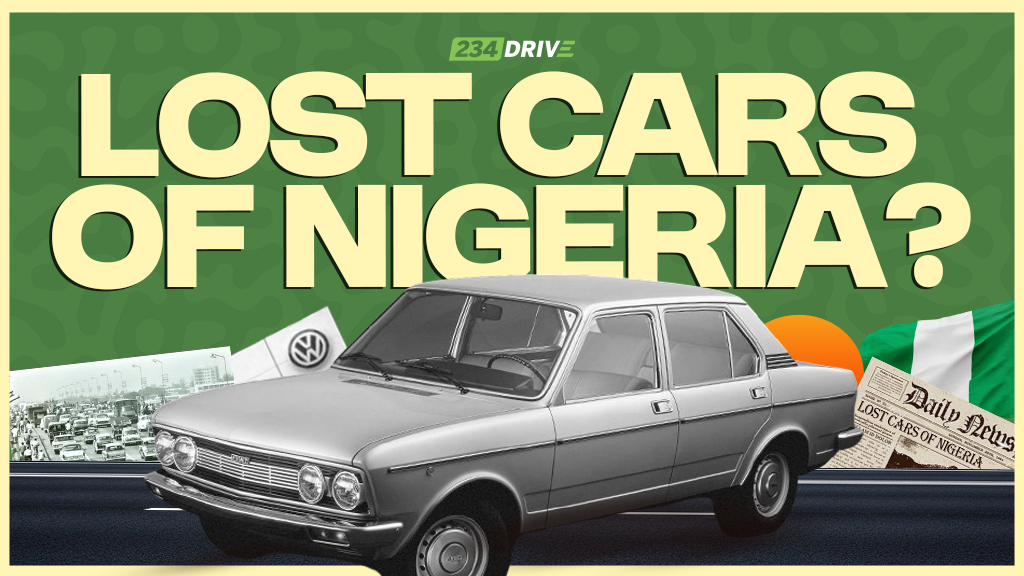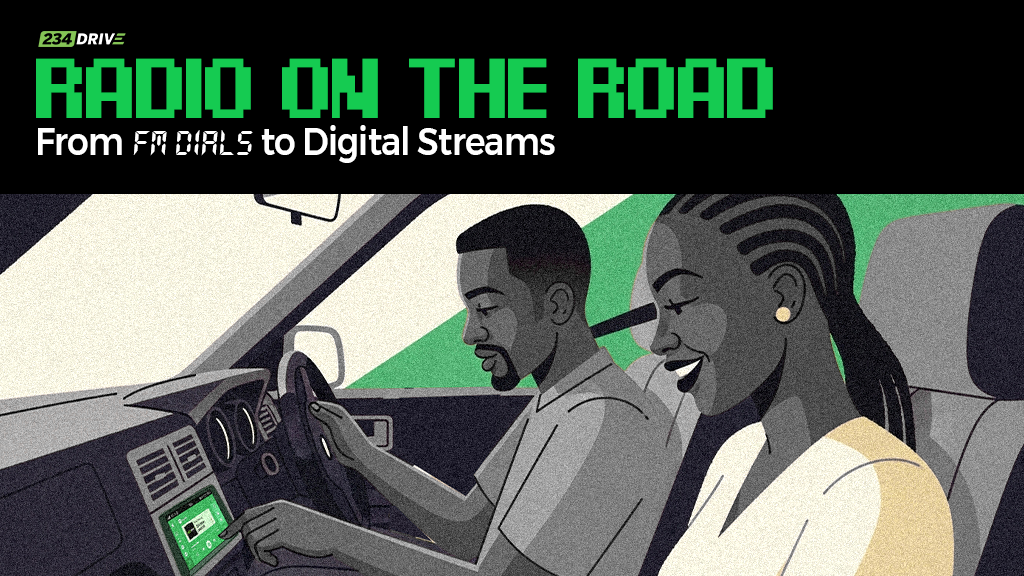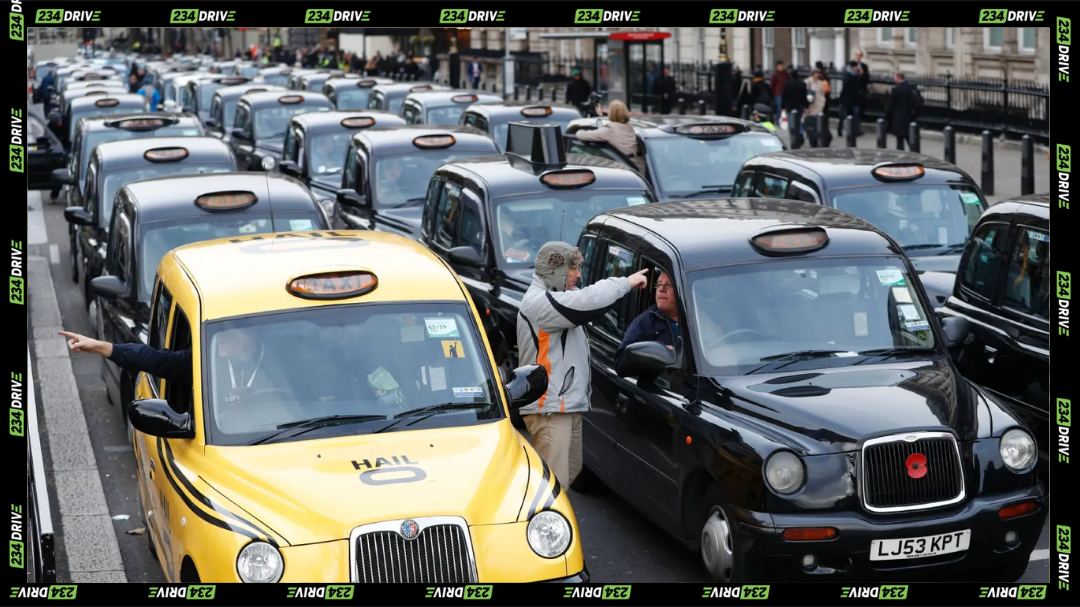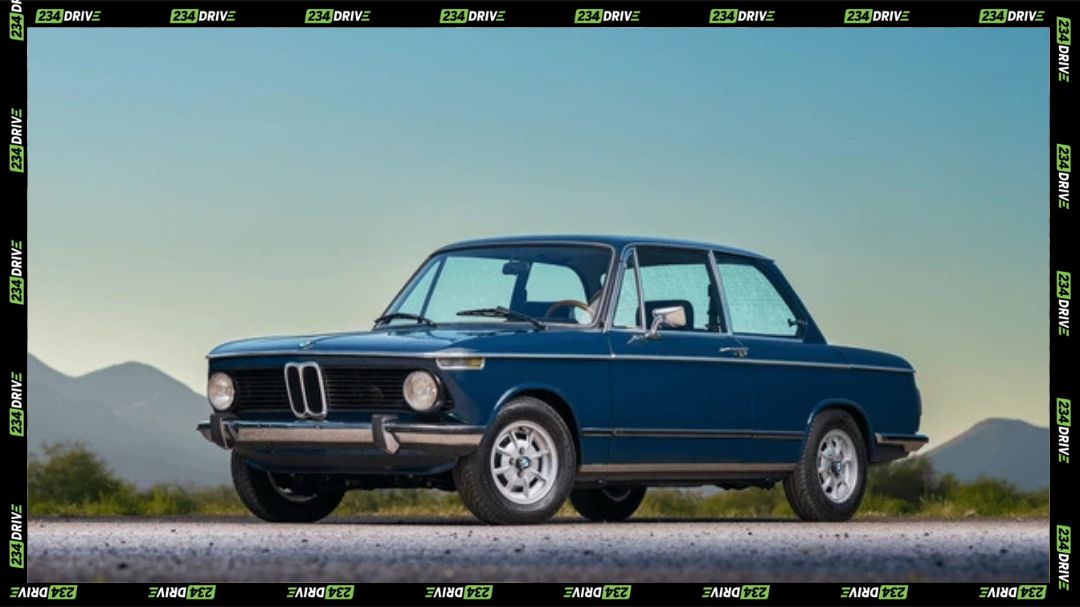The Toyota Corolla is one of the most famous cars in the world. Its reputation for reliability and affordability has made it a favorite for decades. But have you ever wondered how this car changed over time? From its simplest beginnings to its modern designs, each generation has a story. Let’s take a journey through the history of the Corolla, see what made each version unique, and decide which one truly stands out.
The Birth of a Legend: First and Second Generations (1966–1970)
The First Generation: Starting Off (1966)
Back in 1966, Toyota launched the Corolla as a small, practical car. It was made to be cheap, reliable, and easy to maintain. The goal was simple: get more people into cars without breaking the bank. It was a hit in Japan and quickly gained followers in the United States. One of its coolest features was the ground-mounted transmission, which made it safer and more fuel-efficient. This made the Corolla stand out from other small cars at the time, which only expensive models offered similar features.
The Second Generation: Growing Stronger (1970–1974)
By 1970, Toyota built on the success of the first model. The second-generation Corolla stayed true to its roots but added some upgrades. It had better interiors, bigger size options, and new body styles such as sedans, station wagons, and coupes. They understood that people wanted choices, and it paid off. This version proved that if something works, you don’t need to fix it—just improve it. It was tough, reliable, and still affordable, making it a favorite worldwide.
Style and Function Meet: Third and Fourth Generations (1974–1983)
The Third Generation: More Luxurious (1974–1979)
In 1974, the Corolla got a whole new look. It was sleeker and sportier. The aim was to keep it affordable but boost comfort and style. During this time, the oil crisis hit the US hard, and fuel economy became a priority. This version helped Corolla stay relevant by being economical and low in emissions. People loved it because it combined style, fuel savings, and practicality.
The Fourth Generation: The Boxy Shift (1979–1983)
The next model in 1979 made a sharp turn—literally. Instead of the smooth lines, the new Corolla had a boxy, more angular shape. It looked less sporty and more like a small executive car. This version was designed to appeal to business folks and was competing with models like the Volkswagen Beetle and other compact cars. It was also the first Corolla to have rear-wheel drive, which was old-school but still popular at the time. Some saw it as a step down in styling, but it kept its reputation for dependability.
New Directions: Fifth and Sixth Generations (1983–1991)
The Fifth Generation: European Inspiration (1983–1987)
By 1983, Toyota decided to copy a very popular European model—Opel Kadett—to appeal more in markets like Nigeria and Europe. This meant introducing front-wheel drive and more modern features. The car looked different, more rounded and fresh. This shift helped Corolla stay modern and competitive. It became easy to drive, economical, and popular among those looking for reliable daily transport.
The Sixth Generation: A Little Extra Power (1987–1991)
In 1987, the Corolla was nicknamed “First Lady” due to its style. It had a 16-valve engine, making it faster and more fuel-efficient. But some folks didn’t like the new look—it was slightly clunky compared to earlier models. Still, in places like Nigeria, it remained widely popular. The focus was on giving drivers a car that was both quick and dependable.
Refinement and Longevity: Seventh and Eighth Generations (1991–2000)
The Seventh Generation: Modern Looks (1991–1995)
By the early ‘90s, Toyota softened the Corolla’s design. It looked cleaner, more modern but still familiar. Under the hood, engines were now lighter and more efficient, switching from iron to aluminum. Reliability was the main goal, and it delivered. This version kept the same solid reputation without losing its classic charm.
The Eighth Generation: Keeping It Stable (1995–2000)
The 1995 model kept most of what worked well. It was simple, functional, and aimed at durability. This Corolla was mostly about comfort and dependability. It didn’t try to be flashy but stayed a favorite for many, especially those who wanted a car that would last a long time with minimal fuss.
The Reliability Benchmark: Ninth and Tenth Generations (2000–2012)
The Ninth Generation: Multiple Phases (2000–2006)
Starting in 2000, the Corolla entered a new era. It was adaptable—parts of it served as official cars for banks and insurance companies because it was so reliable. The design was practical, and maintenance costs stayed low. This version proved that a simple car can do everything.
The Tenth Generation: Bigger and Smarter (2006–2012)
In 2006, Toyota made this version larger, like a mini luxury sedan. It looked more stylish and offered better fuel economy. It resembled the Camry a little, giving it a more modern feel. It was just the right size for families and city drivers alike, making it a top choice worldwide.
The Modern Era: Eleventh and Twelfth Generations (2013–Present)
The Eleventh Generation: Big and Efficient (2013–2019)
By 2013, the Corolla grew even bigger. It offered more comfort, better safety features, and modern electronics. Its design was simple but appealing. Consumers appreciated the value it brought—more space, better technology, and good fuel efficiency without paying extra.
The Twelfth Generation: Stylish and Tech-Savvy (2018–Present)
Today’s Corolla is all about blending function with style. It looks modern, with sleek lines and sophisticated features. Safety tech like advanced driver-assist systems makes it stand out in the compact car class. It’s a car built for today’s busy streets but keeps the reliability that made it famous.
Why the Second Generation Might Be the Most Iconic
Looking back, the second-generation Corolla from 1970 to 1974 might be the standout. It kept the core values—reliability, simplicity, affordability—and added just enough modern features. It was tough, versatile, and appealed to a broad audience. It helped cement the Corolla’s reputation worldwide. Many collectors and enthusiasts see it as the most nostalgic and best-loved version.
Some may prefer later models, but if you ask me, the second gen’s perfect balance of style, function, and durability takes the crown. You might have your own favorite, though. What about you? Which Corolla generation do you think is the best, and why? Drop your thoughts in the comments.
Conclusion
From its humble start in 1966 to today’s sleek, tech-filled designs, the Toyota Corolla has stayed true to its roots. It’s evolved with the times without losing what made it special—reliability, efficiency, and value. The debate about the best model will go on, but the second-generation Corolla holds a special place in many hearts. It set the standard for what a small, dependable car should be. Whether you love the classic look or modern features, there’s no denying the Corolla’s lasting impact. Share your favorite Corolla and tell us why it resonates with you.


